
Behavioral Interviewing
The best way to hire the most qualified candidate is to use behavioral interviewing. This blog post will describe the characteristics of behavioral interviewing and how to use it successfully.
A bad hire costs the hiring organization 35-100% of the jobs annual salary. These costs include recruiting, best cialis click screening, best viagra sale interviewing, sovaldi training, lost business, and morale of others.
When hiring candidates, spend the time to do it right the first time. If you don’t take the time to hire right, it takes 10X more time training the wrong person, getting rid of them, and starting over.
In Japan, the average graduate spends 150 hours interviewing for an entry level job.
What behaviors are required to be successful in the position?
What behaviors would differentiate between average performers and exemplary ones?
Perhaps interview exemplary performers individually or in focus groups to determine these important behaviors.
Here’s a list of selection methods and their predictive validity. The higher percentages suggest better selection methods.

Which Methods Predict Behavior On The Job?
The best predictor of future performance is past behavior in similar circumstances. Interviewers should look for behavior that was recent, frequent, similar, and verifiable.
When opening the interview, put the applicant at ease, establish some rapport and give an overview for the rest of the interview. I prefer to give the candidate a one sentence description of behavioral interviewing such as
“We prefer to ask questions that ask for a specific example of when you have performed certain tasks or skills. We find that it’s the best way to get to know you and your job experience.”
Here’s an example of an opening statement:
“Shall we get started, my job here at the City of Plano is Senior HR Director.
I have been with the City for About 2 years now. As you know, I’m
interviewing today for an opening we have for an Associate HR Director.
I would like to spend the next 30 min. going over your background
and qualifications. Then I will give you the opportunity to
ask any questions you may have about the position or working
With the City of Plano. I will be seeing several applicants, so I hope you won’t mind my taking notes. It’s the best way I know to make sure
I won’t forget the important matters we are discussing today.
One more item: the questions we use often ask you to recall a
specific event or accomplishment from your past. Sometimes, it
takes a bit of time to remember when a particular event happened.
Please take your time. We find these examples useful in getting
to know you better.”
The interview body should be 30-45 min. of an hour interview. The questions should focus on critical job experiences. Some examples of behavioral interviewing questions can be found at this website.
An example behavioral interviewing question might be: Tell me about a time when you came up with an idea to improve something at work.
Listen for 3 things from the interviewee.
1. What was the situation?
2. What was the action that the person took?
3. What was the result or outcome of the person’s action?
In other words, get a complete SAR (Situation, Action, Result). Interviewers should ask good follow up questions to ensure a complete SAR. Follow up questions might solicit their role, frequency, verifiability, and recency.
Phrases to elicit the situation include
Describe a recent situation in which…..
Tell me about a time when you…..
Give me an example of a recent event……
Phrases to elicit the action include
What did you do?
What was your role?
What did you say?
What happened next?
What action did you take?
Who was involved?
Phrases to elicit results include
What were the results?
How did that work out?
How did the situation get resolved?
Occasionally, the interviewer will encounter silence, the bluff, or the slip. Whenever the interviewee has a tough time coming up with an answer, reassure them, give them a You’re OK statement, and then restate the question. Sometimes the interviewee will state that they do it all the time. Use sympathetic persistence. Perhaps restate the question and use a calculated pause. A slip occurs when an interviewee gives a hypothetical example rather than a real example. Assume responsibility for the misunderstanding by saying something like, “Maybe I wasn’t very clear, I was really looking for a specific example when you encountered conflict. Take your time.”
Spend the majority of the interview time actively listening. Empathic listening involves rephrasing or reflecting the content that you have heard.
Here are some personal biases to be avoided.
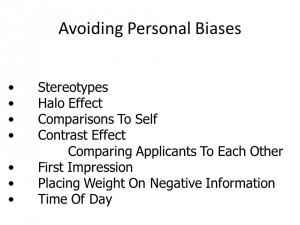
Avoiding Personal Biases
When closing the interview, give a realistic idea of what the job entails.
Also address any questions that the interviewee might have. Here is a post from Virginia Tech that will guide you about questions that interviewees might ask. In the closing statement, thank the applicant, summarize the next steps, and escort them out.
Here’s an example closing statement:
I’d like to thank you for your time and interest Peter. We hope to make a decision by next Friday. You should hear from us at that time.
What are your favorite behavioral interviewing questions? Please leave them in the comments section.
I hope that this information helps you to make better hiring decisions. I offer a half day training session that can be offered live or in a webinar. Contact me for more information.

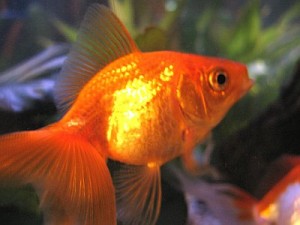



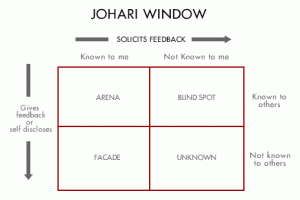
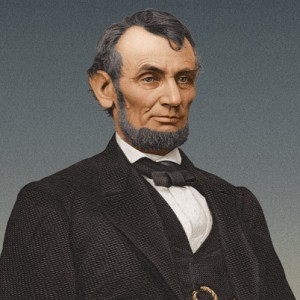

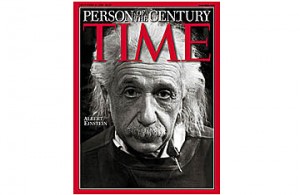


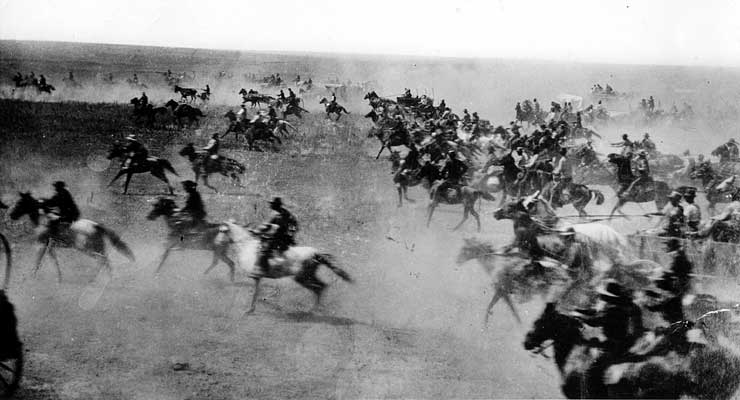

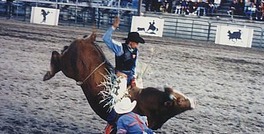
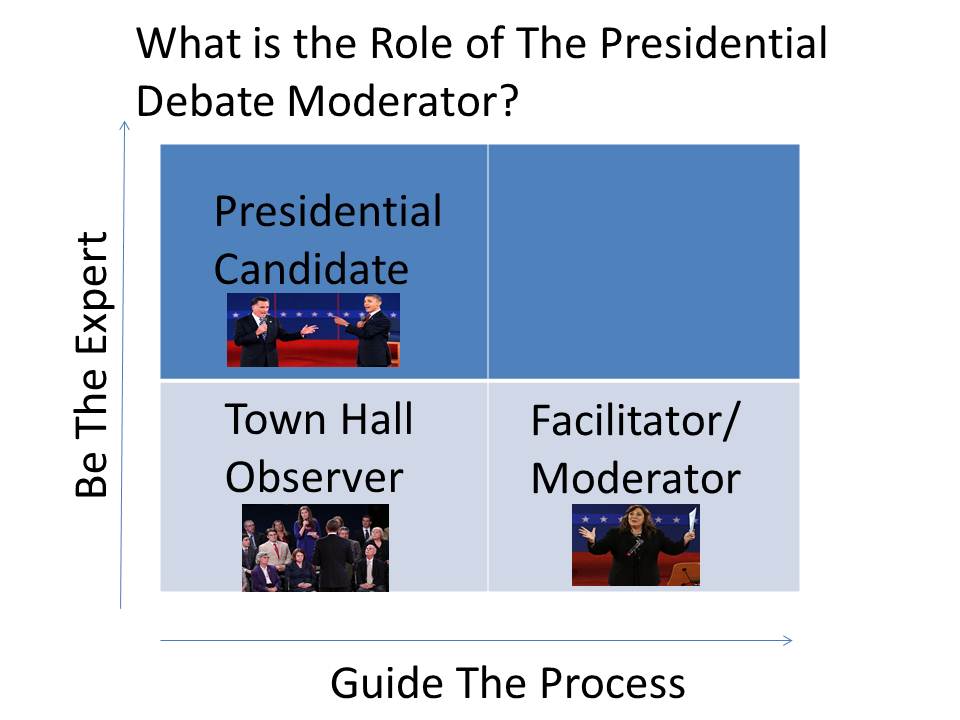
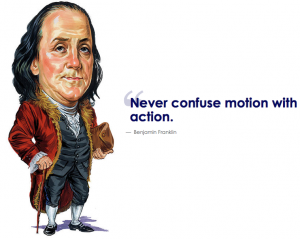


 Facebook
Facebook Twitter
Twitter Youtube
Youtube GooglePlus
GooglePlus LinkedIn
LinkedIn